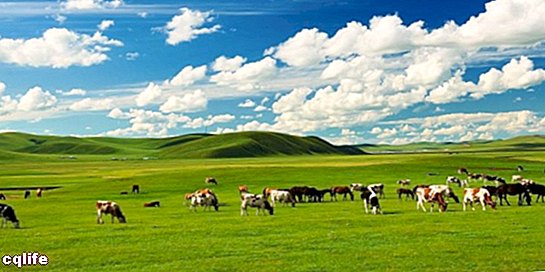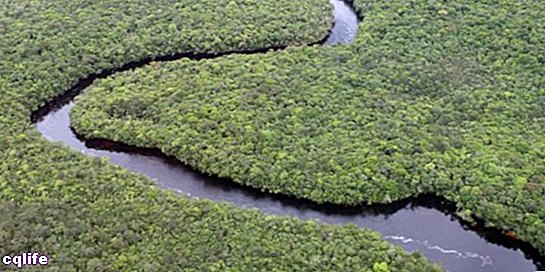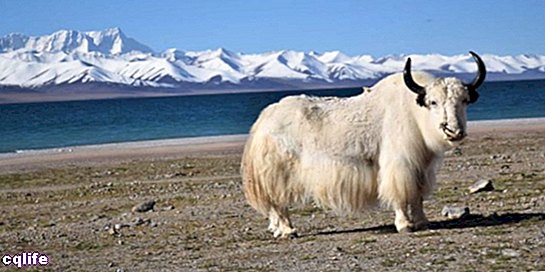We explain what a plain is, what types exist and the main plains of America. Also, its relationship with the plateaus and valleys.

What is a plain?
In geography Y geology, is known as plains or plains to a type of relief characterized by long and wide extensions of flat land, or with very slight undulations.
Plains are abundant on the planetary surface, generally located below 200 meters above sea level. However, it is possible to find them also forming part of other systems, such as at the bottom of valleys or at the top of plateaus and plateaus.
The plains can vary in dimensions, from a few hectares to thousands of kilometers, and occupy one third of the total area of our planet, present in all continents minus Antarctica. Therefore, they also present an enormous variety of Flora and fauna, depending on the hydrological abundance that characterizes the region.
The plains are often very important sites for humanity, since the dynamics erosive of the wind and the Water they tend to deposit large amounts of sediment in them. That is why in general they are fertile and usable for the farming, or even for the cattle raising, since large herds require long tracts of land to graze and walk.
For that reason, they are usually the preferred centers for the development of human cultures, given that they do not have topographic accidents that hinder production and transport tasks.
Types of plains
The glacial plains were formed by the passage of ancient glaciers.The plains can be classified according to their geological origin in:
- Structural plains. Plains fruit of the tectonic ordering and that therefore are in a region little disturbed by accidents and faults.
- Erosional plains. They were once other types of relief, but they were flattened by the erosive action of wind, water and other natural elements, which wear down the rock and produce a plain.
- Depositional plains. They are formed when the materials eroded by the different forces of the nature they are positioned and deposited in the same place. This type of plain, in turn, can be:
- Alluvial plains. Formed by the bed of a river and that usually flood in the rainy seasons.
- Lava plains. Formed by layers of lava product of volcanoes or geological faults, after cooling and hardening.
- Glacial plains. Formed by movements characteristic of the nature of glaciers.
- Abyssal plain. The one located at the very bottom of the oceans, in the so-called abyssal region where the light.
Plains of America

Around the Orinoco River there is a tropical plain.
The American continent it has numerous plains, especially in its internal region, both in the north and in the south. As a result of the accumulation of sediments in low or depressed areas, they are extremely fertile and ideal regions for cultivation, such as:
- The Argentine Pampas. In the south of this nation, extending from the Atlantic to the Andes Mountains more or less uninterrupted.
- The Great North American Plains. Located on a plateau east of the famous Rocky Mountains, covering not only the states of New Mexico, Texas, Oklahoma, Colorado, Texas, Kansas, Nebraska, Wyoming, Montana, South Dakota and North Dakota, but also the Canadian provinces from Alberta, Saskatchewan and Manitoba.
- The tropical savannas of the Orinoquía. Located in the region surrounding the Orinoco River, in the heart of Venezuela, in the north of South America.
- The Andean highlands. Integrated into the Andes mountain range, it is a desert plain shared between Chile and Argentina.
Plain and plateau

It is common to find plains on the top of plateaus, that is, in plateaus located more than 500 meters above sea level. These are short mountains with a flat top, a product of tectonic forces and a sustained erosive action that smoothed out the rock until it reached the plain.
A perfect example of this is the Tibetan plateau, part of the Himalayan mountain system, which is a plain located at an altitude of 4,000 m.
Plain and valley
On the other hand, the plains are usually found at the bottom of the valleys, surrounded by mountains and concentrating the fall of Water and sediments from their tops.
These types of plains are usually the most fertile and often populated, and can be found at a variable height, depending on the relief. An example of this case is the Fljótsdalur valley in eastern Iceland, which has very little relief and an abundant hydrological presence.
